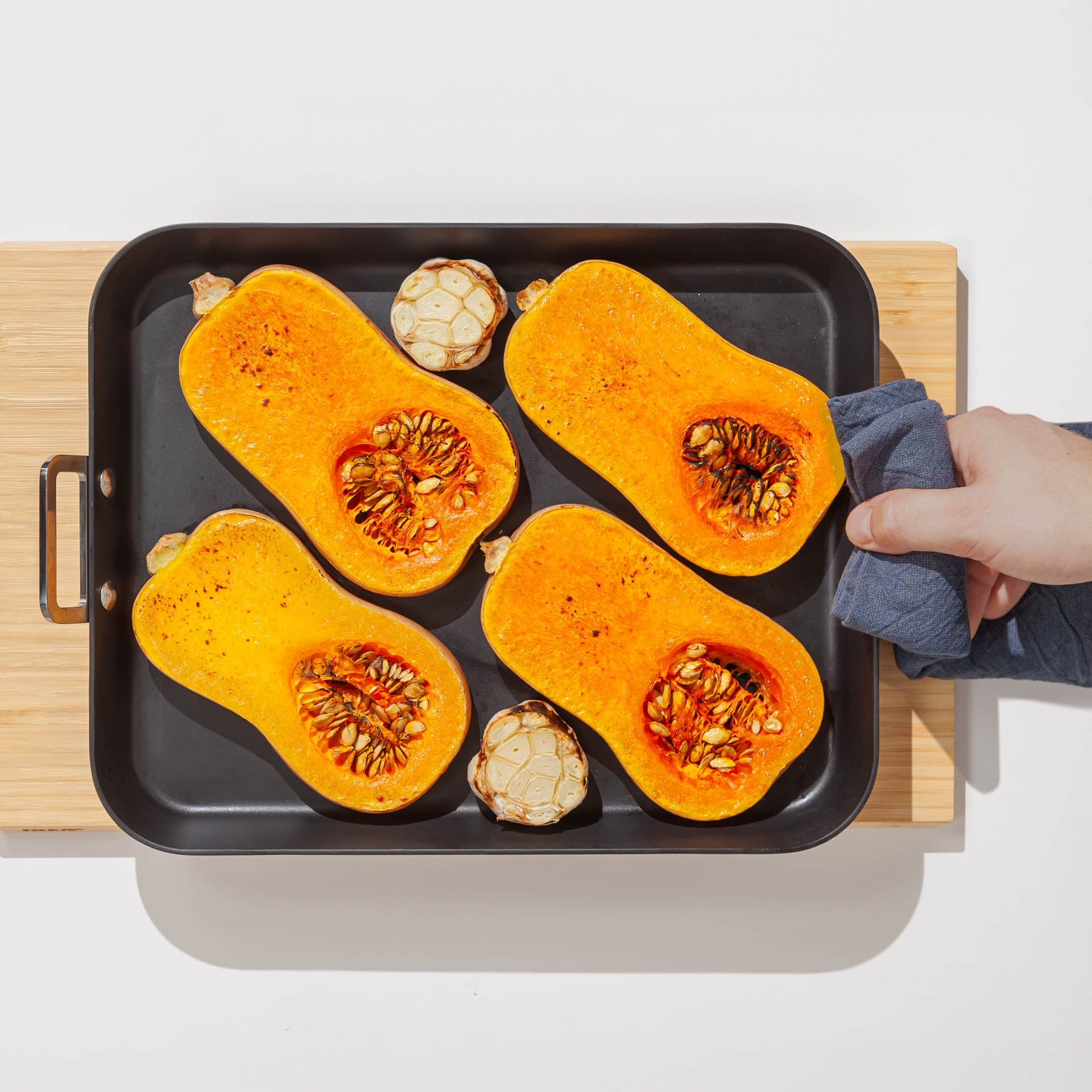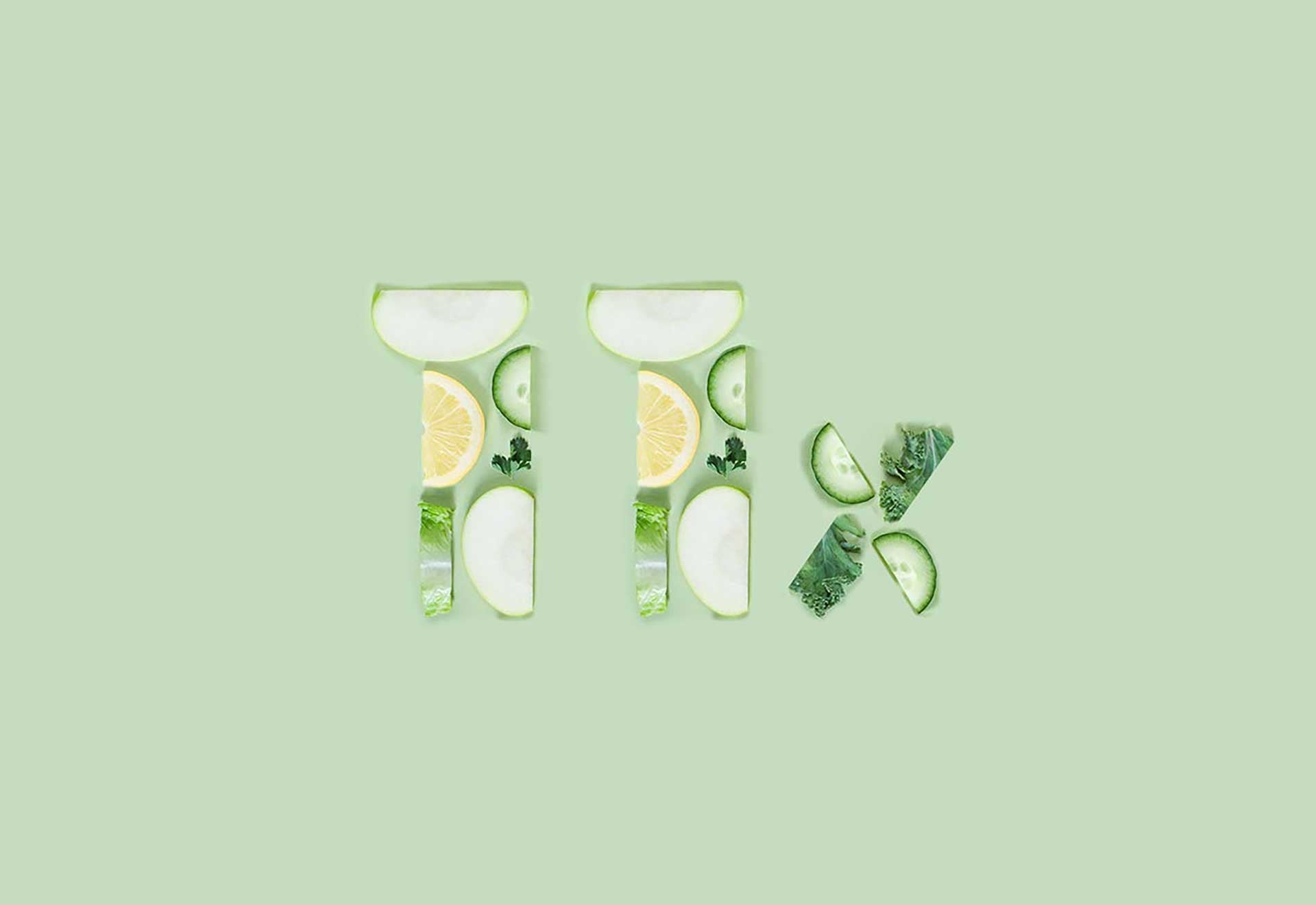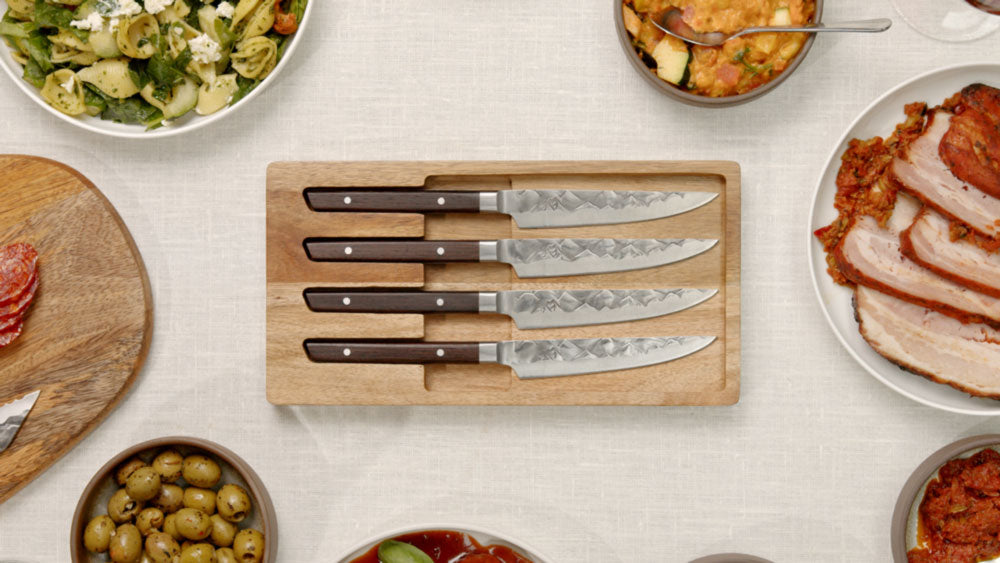INGREDIËNTEN KEUZES
Zoals een chef-kok een recept kan verfijnen door ingrediënten toe te voegen of te verwijderen, kunnen wij staallegeringen verfijnen om bepaalde eigenschappen te garanderen. Om een gerecht zoeter te maken, kun je suiker toevoegen. Om staal zachter of harder te maken kun je koolstof toevoegen of verwijderen. In zijn meest basale vorm bevat staal ijzer en koolstof. De hoeveelheid koolstof (C) varieert van 0,02% tot ongeveer 1,70% voor staalsoorten met een hoog koolstofgehalte. Dit omvat zacht staal en exotische legeringen met een hoog koolstofgehalte. Voor messenstaal ligt het bruikbare bereik doorgaans tussen 0,30 en 0,85%.
Voor bepaalde kenmerken kunnen andere elementen worden toegevoegd. Chroom (Cr) zorgt voor corrosieweerstand. Vanadium (V) en molybdeen (Mo) zorgen voor de korrelvorming. Dit resulteert onder meer in een staal dat beter warmtebehandeld kan worden. In een toekomstige blogpost zullen we op elk ingrediënt dieper ingaan en enkele meer exotische ingrediënten toevoegen.
KOOKTECHNIEK
Ook het proces is belangrijk: het dichtschroeien van een biefstuk verandert de textuur en smaak ervan. Het verwarmen of koelen van staal verandert zijn eigenschappen. Net zoals met dezelfde ingrediënten meerdere gerechten kunnen worden gemaakt, kan staal zeer uiteenlopende eigenschappen hebben, afhankelijk van de manier waarop het wordt verwerkt.

Bijvoorbeeld: zelfs staalsoorten met een hoog koolstofgehalte kunnen een zeer lage Rockwell-C-hardheidsgraad hebben als ze niet op de juiste manier worden afgeschrikt en getemperd. De staallegering bepaalt alleen de boven- en ondergrens voor de eigenschappen van een mes. Net zoals een chef-kok allerlei kanten op kan met een set ingrediënten en apparatuur, is het aan de messenmaker om het beste resultaat uit een bepaalde staallegering te halen.
GEMEENSCHAPPELIJKE RECEPTEN
Iedere chef-kok weet van basisingrediënten basisrecepten te maken. Op dezelfde manier zijn er legeringen en tempereerprocedures die elke messenmaker zou moeten kennen. Dit helpt als je een mes kiest. Er zijn een tiental staalsoorten die je vaak tegenkomt. Hun kenmerken zijn bekend en de verwerking ervan is gestandaardiseerd.
Net zoals het onverstandig is om iets te eten zonder de ingrediënten te kennen, koop ook geen mes waarvan je de staallegering niet kent. Wij raden u aan om bij de start vast te houden aan de 'beproefde' staalsoorten: hier kan eigenlijk niets fout gaan. Als je eenmaal je kookstijl kent en de basisprincipes van mesvaardigheden en -verzorging goed onder de knie hebt, wil je misschien overstappen op meer exotische staalsoorten of handgemaakte boetiekmessen. Of misschien ook niet! Er valt veel te zeggen voor standaardisatie als consistente kwaliteit wenselijk is.
DE REKENING GRAAG
Zoals elke chef-kok je zal vertellen, is koken een evenwichtsoefening. Net zoals er geen gerecht is met de perfecte smaak, bestaat er ook geen perfect messenstaal. Het gaat om persoonlijke voorkeur. De ‘juiste’ staalsoort en behandeling is zeer relatief. Bijvoorbeeld: een harder staal zal gevoeliger zijn voor roest en barsten. En een hard en roestbestendig staal kost aanzienlijk meer. Een groot deel van de evenwichtsoefening, namelijk de samenstelling van de legering, komt neer op de kosten. Zorg ervoor dat u de afwegingen begrijpt die gepaard gaan met de staalsoort van uw keuze voordat u een kwaliteitsmes koopt.
BARE MESSEN
Bij BARE Cookware kiezen we ervoor om X50CrMoV15-staal te gebruiken voor onze messen. Dit is een bekend messenstaal met een uitstekende corrosiebestendigheid. Onze staallegering bevat:
- 0,55% Koolstof
- 15% Chroom
- 0,8% Molybdeen
- 1% Mangaan
- 1% Silicium
- 0,04% Fosfor
- 0,015% Zwavel
- 0,20% Vanadium

Onze ervaring is dat X50CrMoV15 een perfecte balans biedt tussen prijs, roestbestendigheid en hardheid. Onze messen hebben een indrukwekkende Rockwell-C-hardheid van 58. Deze hardheid zorgt ervoor dat onze messen vlijmscherp zijn en blijven, maar toch bestand zijn tegen afbrokkelen of breken. Kun je een harder staal krijgen? Zeker, maar je zult óf concessies doen aan de roestbestendigheid, de chipbestendigheid, óf er veel voor betalen. In toekomstige berichten zullen we dieper ingaan op de staaleigenschappen, legeringselementen en samenstelling, afschrik- en ontlaatmethoden, en het resultaat van deze factoren in het eindproduct.







Laat een reactie achter
Alle reacties worden gemodereerd voordat ze worden gepubliceerd.
Deze site wordt beschermd door hCaptcha en het privacybeleid en de servicevoorwaarden van hCaptcha zijn van toepassing.